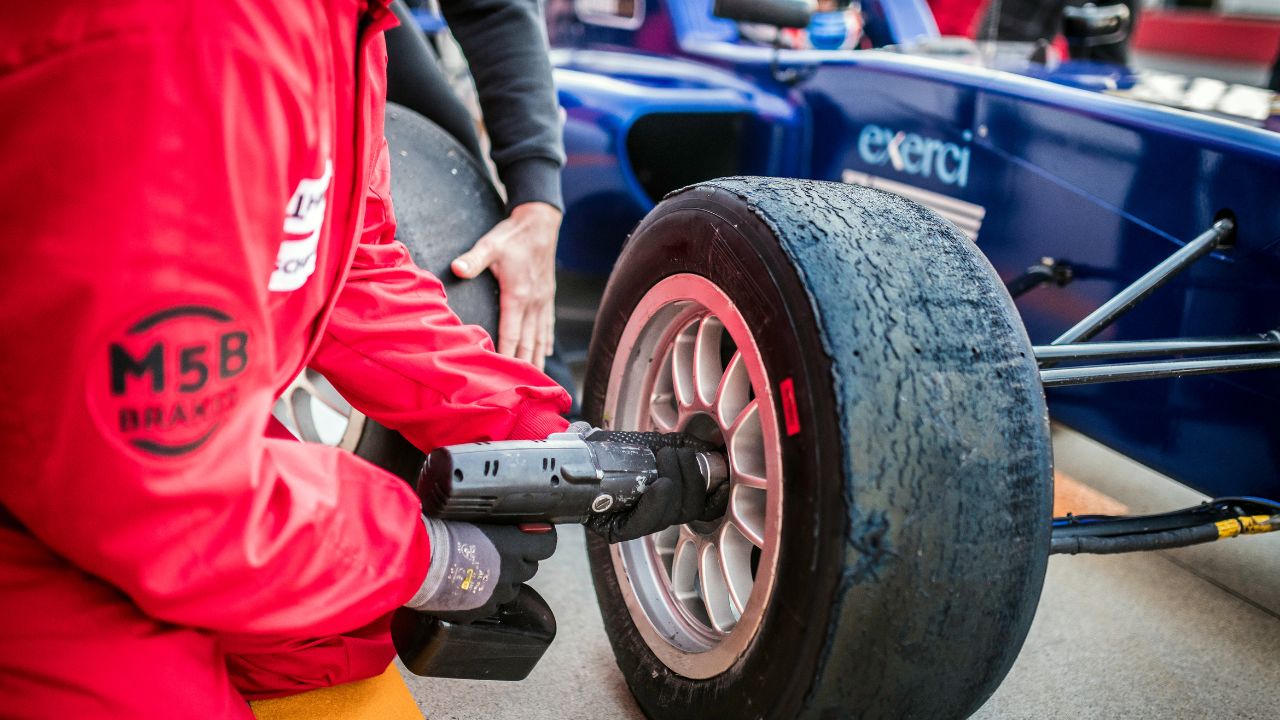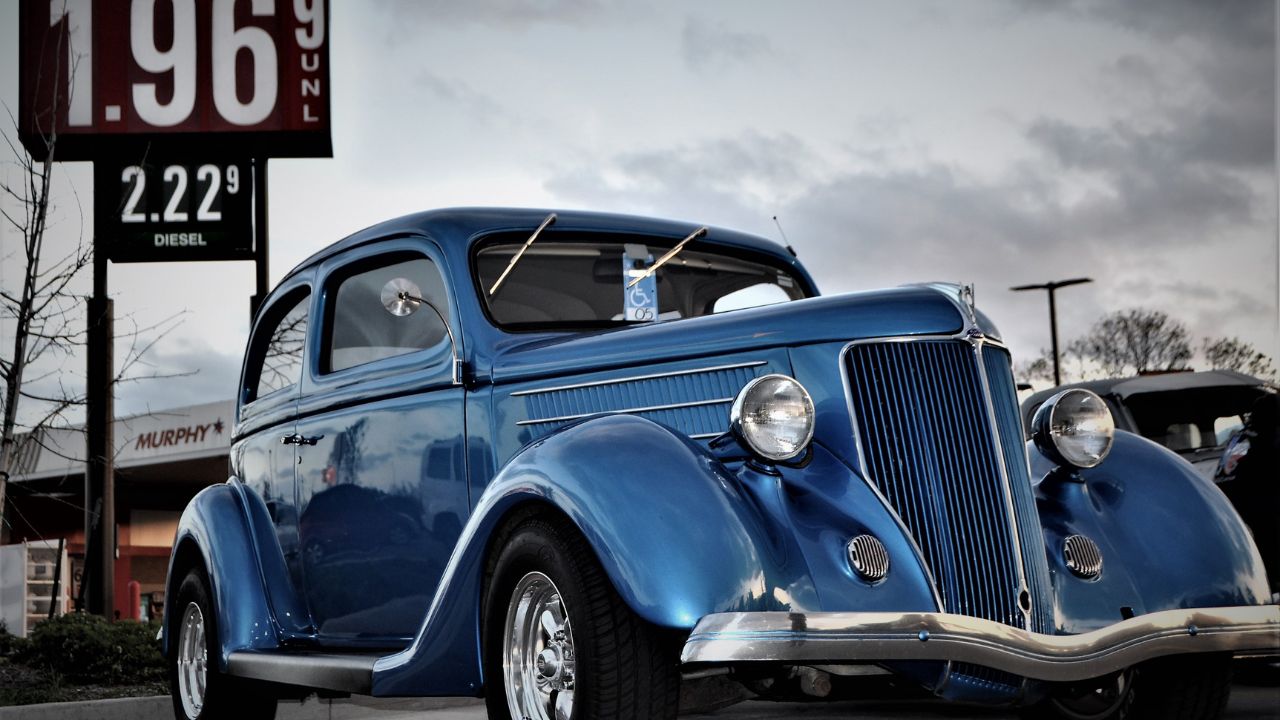
When buying a Lincoln Continental, you have to pay attention to the model year of the car you are interested in. The old model of the Continental was discontinued in 1993, but was brought back for the 1980s. The Lincoln Continental was designed to be competitive with the Cadillac Seville as well as the Imperial. This model was also distinguished by styling that differentiated it from the Ford Granada and Mercury Cougar. The model's platform shared commonality with the Ford Fox, Mercury Cougar, and Granada. The Continental shared its wheelbase also with the new Continental Mark VII. This model was introduced with the 1984 model-year.
1993 Model Year
Four recalls were issued for the Lincoln Continental over the period of 29 years. The 1993 model was no different, with 4 recalled vehicles. Here are some photos of each of the vehicles. The 1993 Lincoln Continental has a number of unique features. These changes include an upgraded center console with floor shifter and center armrest, as well as a cup holder. The interior is extremely spacious, as well as the large trunk.
Model year 1994
The fourth-generation Lincoln Continental was available in three body types: the Sedan and Convertible. It was the first four-door convertible built after World War II and featured a power-operated retractable hardtop. A retractable "breezeway", rear window was also included in the Continental. It was first introduced in the Mercury Turnpike Cruiser, in 1957. The second generation Continental used the same styling principles as the first, but with frameless glass doors.
Model year 1995
The price base for the 1995 Lincoln Continental started at $40,750. This was increased to $74,500 in July 2002 when production ceased. The Continental also received refinements, including a more advanced suspension system and adjustable steering effort. There was also seat-mounted side airbags. In addition, the sedan gained a split-bench front seat and a power sunroof. Although production of the car ended July 2002, the 1995 model remains available for purchase.

Year 1996
The Lincoln Continental's tenth generation introduced a new front-end design theme. Standard equipment included a door lock with an electrically latched handle. A button located at the door pull handle allowed you to unlatch your door. External door pulls were incorporated into the beltline trim window trim. This is a design that was reminiscent the third-generation Ford Thunderbird. These improvements were accompanied with a more comfortable and modern seating position.
Model year 1997
Lincoln's 1997 Lincoln Continental was its last model. It was a luxury car that ranked high within the luxury category. This vehicle was owned by its second owners with 13,000 miles. This luxury car has been driven for 16 years and only needed minor repairs to stay in good condition. The transmission and levelers were replaced at 50,000 and 93,000 miles, respectively. The interior of the car was luxurious and comfortable, and the vehicle was equipped with numerous amenities. You could adjust the suspension for comfort and control.
1998 Model Year
The interior of 1998 Lincoln Continental is an improvement over the previous model. It boasts new interior trim, such as bird's eye maple and textured suede on the dashboard. The cabin is more spacious than the previous model with a smaller back and a larger cabin. The interior space is smaller than that of the Seville. The 1998 Lincoln Continental, despite its new exterior design is an excellent value for money.
Model year 1999
When comparing the Lincoln Continental model year 1999 against its predecessor, the Chrysler Town Car, the car is only 5 inches narrower and 7 inches shorter. It has a better engine. The DOHC engine of the Continental's V-8 at 4.6L is now available. While the Town Car's V-8 has single overhead cams and is SOC, it is DOHC. This resulted in an increase in horsepower, from 260 hp to 275 hp at 5,750rpm.
Model year 2000
The Lincoln Continental's new V8-powered engine is one of its most important changes since the last generation. This engine is more powerful than the previous generation, it's faster and more agile, and is packed with electronic gadgetry. It can achieve 16.3 mpg while matching the acceleration of a Cadillac Seville SLS. The Lincoln Continental also came with the latest electronic suspension. But it doesn't really impress. Normal mode has the best suspension performance.

2002 model year
For model year 2002, the Lincoln Continental is still largely the same vehicle. A new exterior color is now available. The Vehicle Communication System is also available. It includes a vehicle communication system (VCS) that includes a handheld digital-to–analog phone. The new model year features a power-moonroof as well as a six disc changer. The cabin is spacious and can hold up to six people. The Lincoln Continental's warranty is valid for 4 years or 50,000 miles.
Model year 2003
The Lincoln Continental was last model year 2003 Continental. The success of the Lincoln Continental is not due to its styling. Its interior was inspired by the 1961 Continental. It featured retro-looking gauges on the dashboard and hidden infotainment capabilities. It was also one among the most luxurious cars on the market. The interior of the 2003 Lincoln Model 3 was unbeatable.
FAQ
What is the job description for a mechanic in a car?
There are three major areas of employment that car mechanics work in:
-
Automotive repair shops
-
Dealerships
-
Independent garages
Automotive repair shops
Most people think of this as the first step to becoming a mechanic. In fact, it's probably the easiest way to get started. You can either work at a shop owned by someone else or set up your own business.
If you plan to work in a shop, you must apply to join the union. After you are accepted to the union, you will receive training from it.
After the training, you will be ready to go and start your job.
If you decide to open your own garage, you'll need to register with the government. Once you have registered, certain standards will be enforced.
When you've registered, you'll be given a license to operate your garage.
Your license allows for minor repairs and spare parts sales. You can't fix major engine problems with your license.
In addition to selling spare parts, you'll also be expected to offer advice and guidance to customers.
Dealership jobs
Most dealerships employ mechanics who specialize in one area of the car. They may be trained to replace or repair tires, or they may specialize in brakes.
Some dealerships have the option to hire general mechanics who can take care of all aspects.
These positions often require applicants that they undergo special training before being allowed work. This allows employers to pick the right candidates for their jobs.
Some dealerships recruit students right out of school. These graduates already have a basic understanding of mechanical engineering, so they are able to learn all about cars.
Independent garages
Independent garages aren't associated with any particular dealership. They tend to be focused on high-quality service.
Because independent garages aren't affiliated with any company, they can afford to pay higher wages. As a result, these jobs are generally better paid than those at dealerships.
Independent garages can be just as good places to work, but this does not mean they are better. Many business owners prefer to manage their own businesses rather than delegating responsibility to others.
This could lead to you working long hours with little control over your day.
It is also possible to expect lower wages than you would if working at a dealer.
There are many jobs that can be switched between. You can switch jobs easily if you are interested in working at a dealership. Simply ask your employer if they would be open to hiring you as a mechanic.
Alternativly, you can apply directly to the garage owner if you are interested in working at an independent garage.
Unfortunately, finding a new job can be difficult. Many other factors can also influence the amount you earn.
You might also consider the vehicle type you repair, and whether extra labor is charged.
How do I prepare to be a mechanic apprentice?
Understanding what you're getting into is crucial. It is important to know the basics of how cars work. This will make it easy to find the right place to start your first day in the garage.
You also need to know how to fix simple problems such as broken lights, tires, etc.
This will teach you how to diagnose problems and fix them yourself.
For the purpose of putting them back together again, you'll need to be able to identify how each piece fits together.
Finally, it is important to know how tools can be used safely and efficiently.
These are all things that will make you a competent mechanic.
What is the difference in a mechanic and an auto technician?
The two are similar but not identical. A mechanic repairs cars and an automotive technician performs maintenance.
A mechanic should be able to do simple tasks quickly and have good manual dexterity. A mechanic must be able diagnose and fix problems quickly and accurately.
An automotive technician must be more technically proficient than a mechanic. They must be able and able to read blueprints as well as use tools like drills or wrenches.
They should be able safely to perform complex procedures. They must also be familiarized in different types and electrical systems.
They must also be capable of understanding how parts interact.
This means that mechanics usually make less money than automotive technicians. There are many job opportunities in both.
Is it possible to work as an automotive mechanic?
It can be done. Many garages advertise their vacancies online, and many people apply just because they think it might be fun. To get your foot in front of the door, try applying for a few positions to see if any accept student applications. Ask your friends and family to recommend anyone in the field. They might be happy to recommend someone.
What qualifications are required to become a mechanic
You will need to pass several exams in order to become a mechanic. These exams include:
-
A general knowledge assessment
-
Practical exam
-
An apprenticeship test
These tests are intended to make sure you have a solid understanding of the basics of mechanics before you can start your career as a mechanic.
You'll be eligible for work as a mechanic after you have passed the tests. You will still need to complete an apprenticeship. This will involve training in the trade.
To learn all you can about vehicle repair, you will need to take classes and workshops. You'll also have to work alongside experienced mechanics.
For mechanic success, you'll need to be focused and meticulous. You'll need to pay close attention to every aspect of vehicle repairs.
You'll need patience and persistence to become a successful mechanic. If you don’t love to follow instructions, this may not the right career path.
But if you love cars and enjoy fixing them, you could be very happy in this line of work.
How long does an apprenticeship in automotive mechanics last?
An automotive mechanic apprenticeship takes around three years to complete. It includes two years of school and two years as an apprentice. The first year is spent learning all aspects of the trade, including theory, practical skills, and safety procedures. You'll also learn how tools can be used safely and efficiently during this year. After completing the first year, you'll then spend another year on-the-job training where you'll gain experience in different areas of the trade. You'll have the opportunity to attend formal courses during these periods too.
The final year is dedicated to earning certifications and qualifications in the field. These include NVQs, which are obtained after passing industry-specific exams. You can also get HNCs (Higher National Certificates), that cover subjects such as customer service, business administration, management, and business administration. City & Guilds certificates offer qualifications in certain trades.
What length is an automotive course?
An automotive course lasts for three years.
The first year is spent on theory, learning all about cars. The second year is dedicated to practical training, where you will learn how to fix cars, drive them, and do other jobs around the car. The last year of your training is spent on practical training, where you learn how to fix real-world problems.
Statistics
- According to the BLS, total auto technician employment is expected to exceed 705,000 by 2030. (uti.edu)
- The U.S. Bureau of Labor Statistics (BLS) reports that the job outlook for automotive service technicians and mechanics is expected to decline by 4% from 2019 to 2029. (indeed.com)
- Apprentice mechanics earn significantly less hourly than mechanics who have completed training, with a median wage of approximately $14.50 an hour, according to PayScale. (jobhero.com)
External Links
How To
How to get certified as a mechanic
The mechanic's certifications can be used by people who wish to become professional automotive technicians. They give an overview of the various areas of auto repair.
The 12-hour program includes three months of on the job training at a dealership participating. Students must complete at least 60 hours of classroom work per semester. They also need to pass a written test that covers theory and practical questions. Upon completion of the coursework, students may take the state examination administered by the National Institute for Automotive Service Excellence (ASE). To be employed as an automotive service technician, you must have ASE certification.